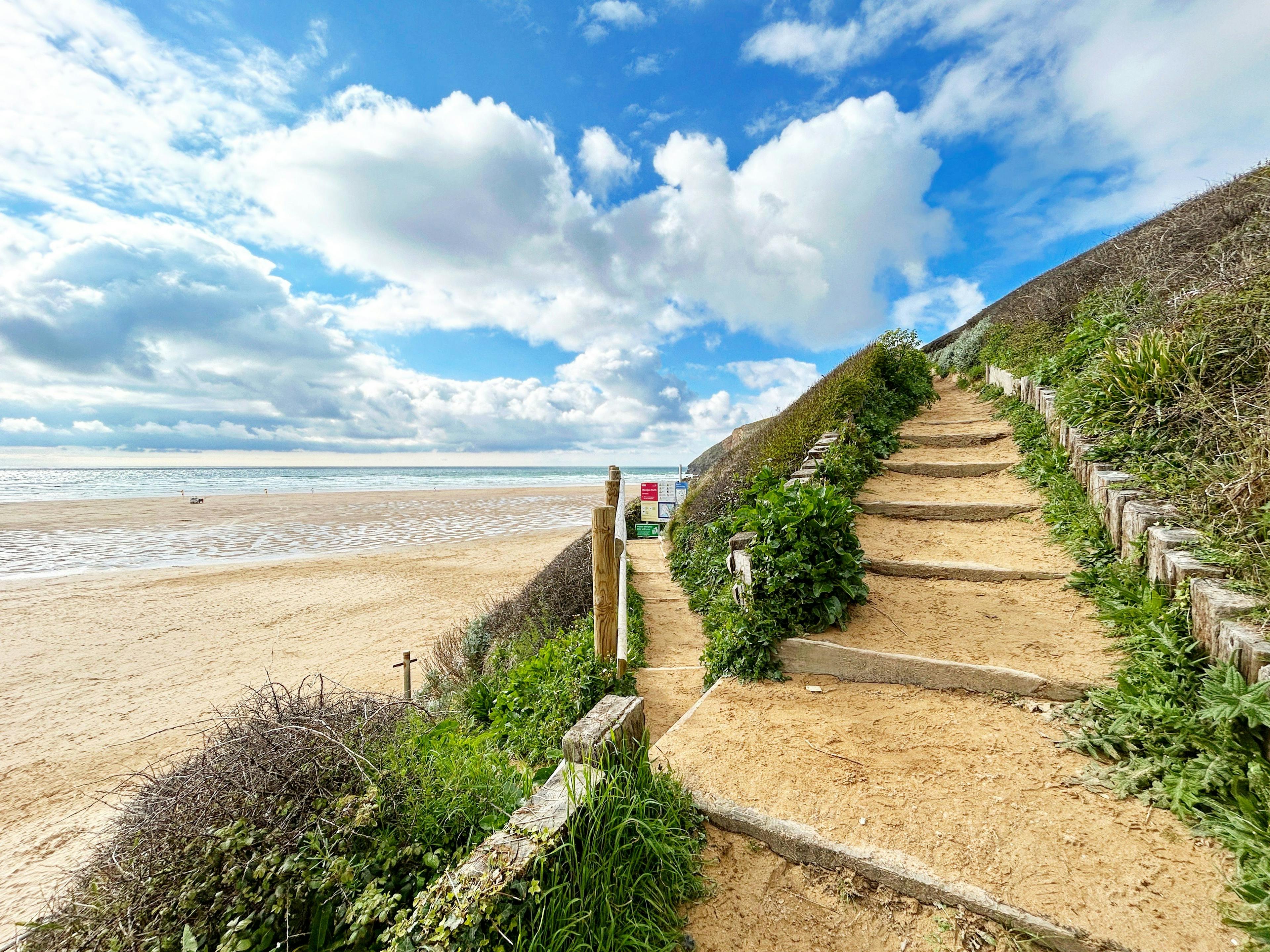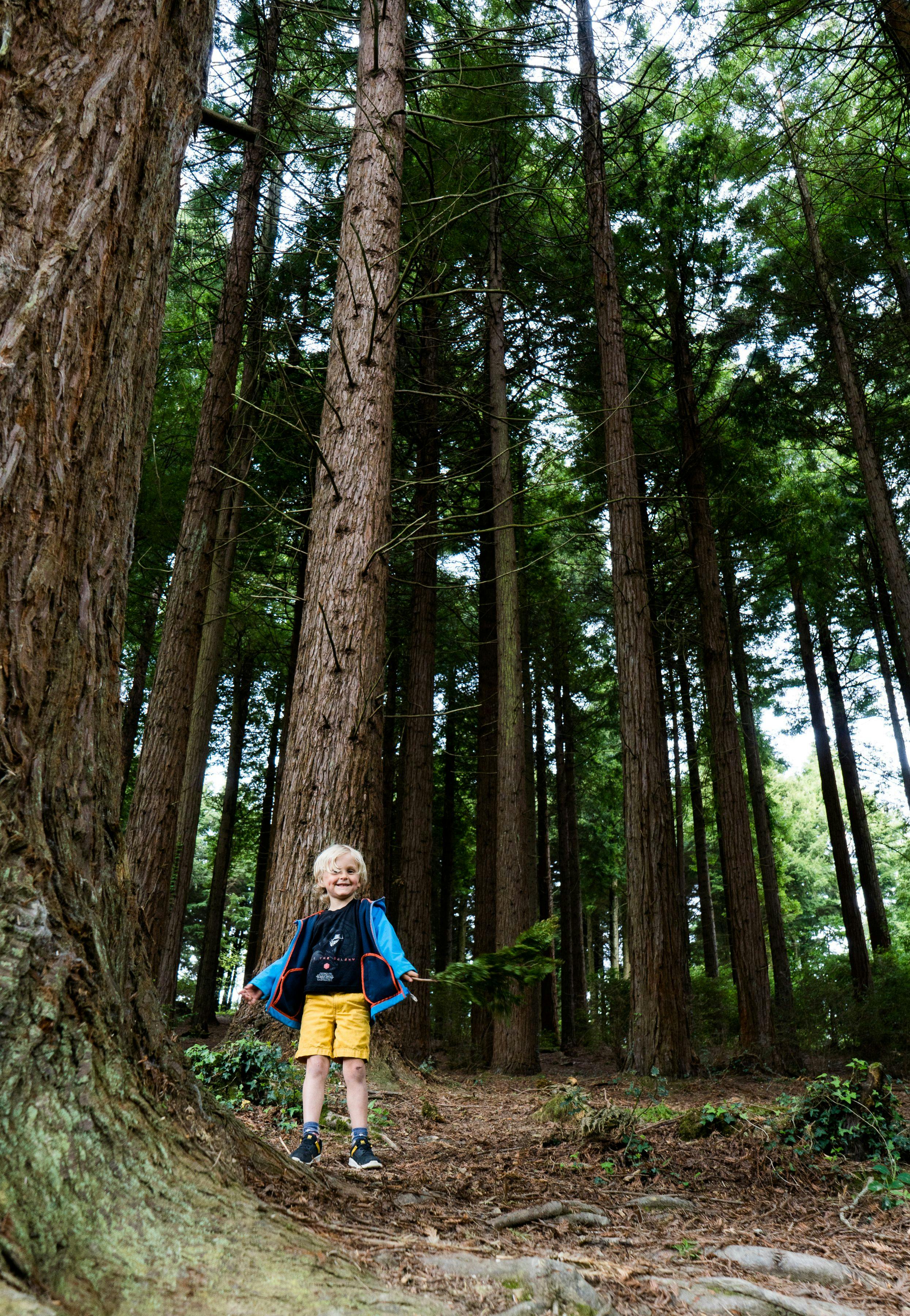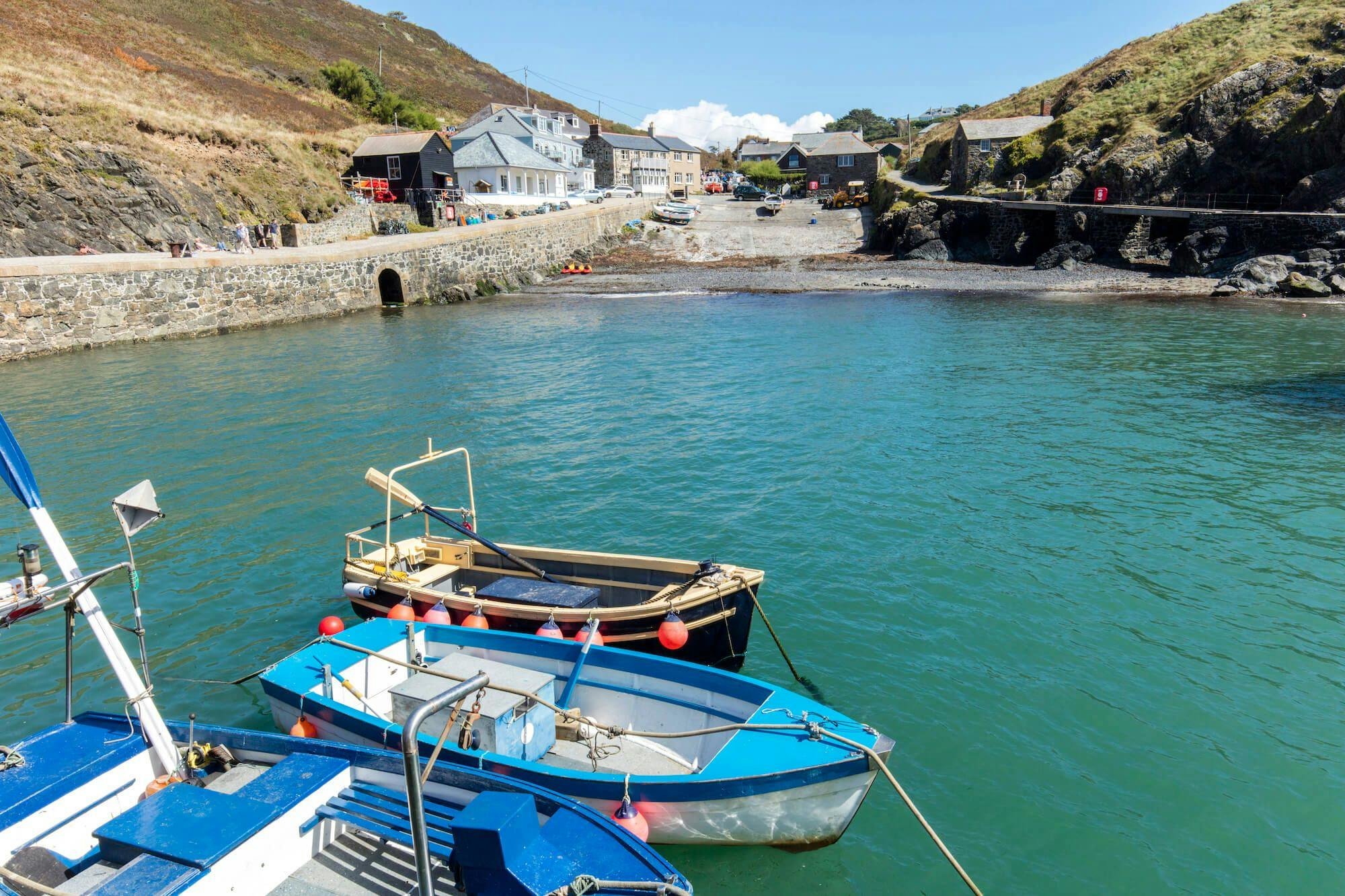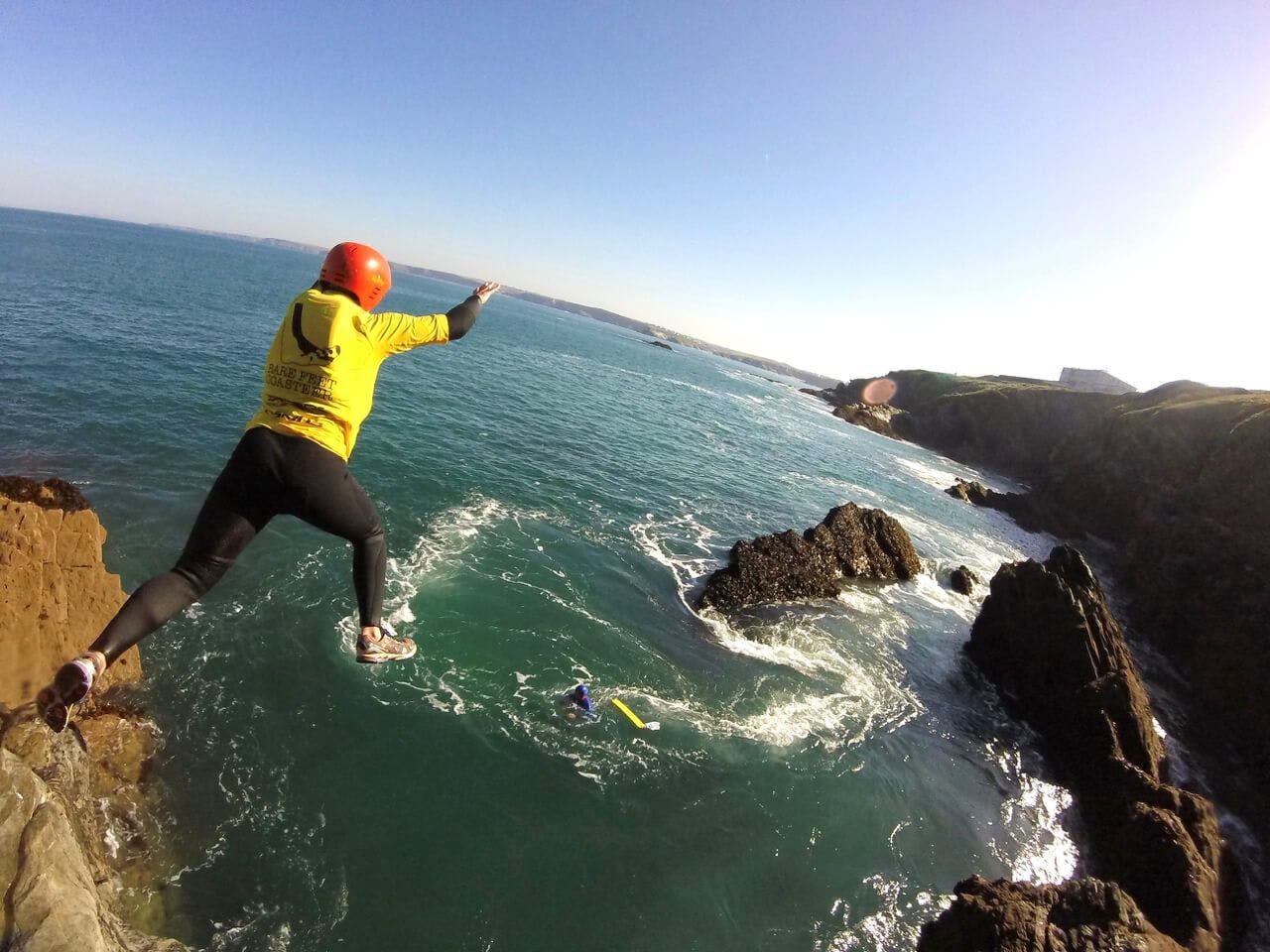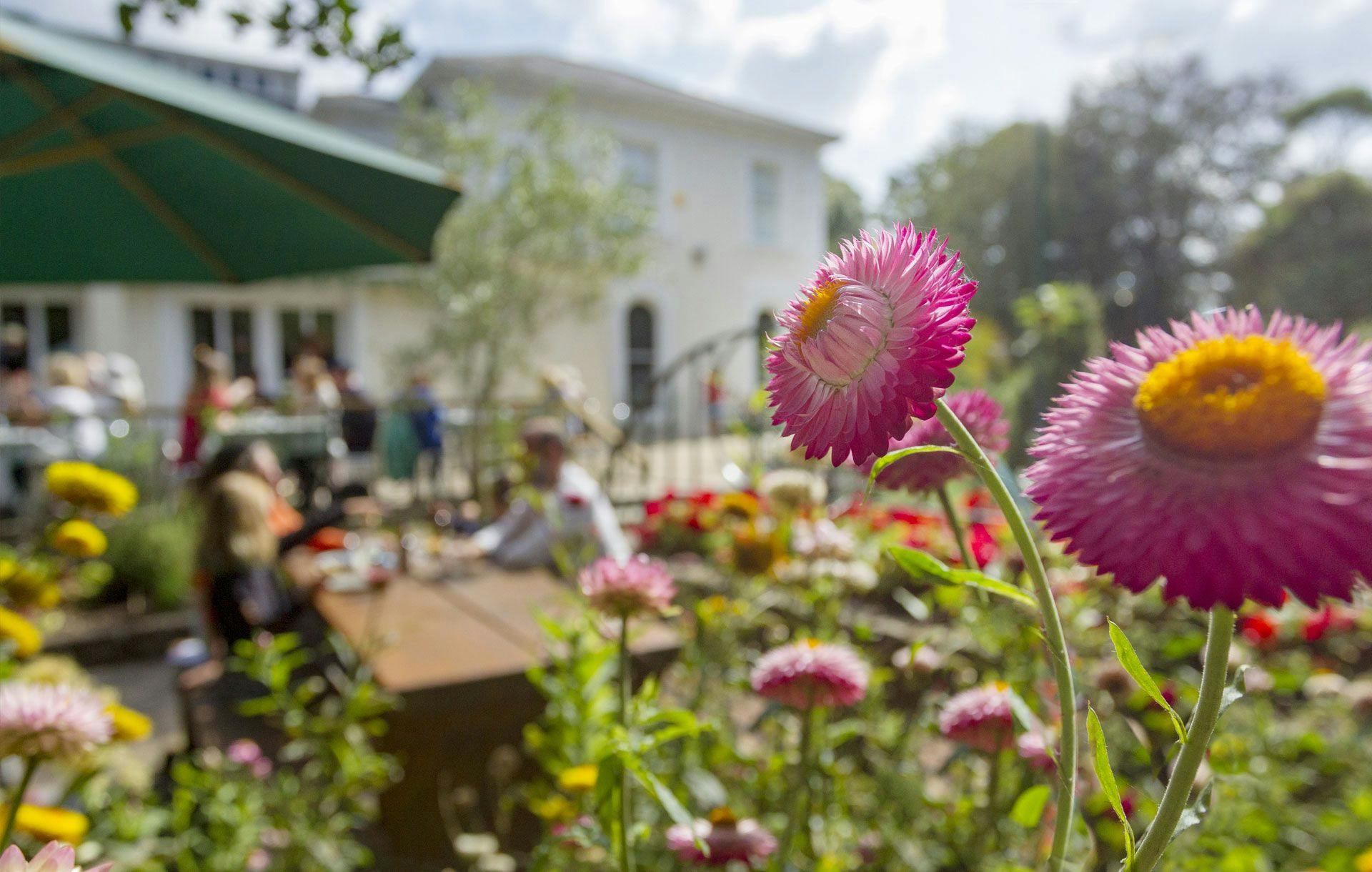Insider Recommendations
Use our insider recommendations to ensure you don't miss a thing on your next visit to Cornwall as we unveil the hidden gems, secret spots, and local favourites of this popular destination. Whether you're a seasoned traveller or planning your first visit, our blog will provide you with invaluable tips, off-the-beaten-path recommendations, and insider insights to make your Cornwall experience truly unforgettable.
Get ready to unlock the secrets of Cornwall and embark on an adventure like no other!
Local knowledge
Our blog is your passport to discovering more about Cornwall. Hear the tales and stories of Cornwall's past, learn about about new activities and attractions, and discover our seasonal highlights.
But our blog isn't just about information—it's about inspiring your own adventures. We'll provide practical tips, recommendations, and insider-only insights to help you plan your Cornwall itinerary. Whether you're seeking adrenaline-pumping outdoor activities, serene moments of relaxation, or family-friendly attractions, our blog will be your trusted companion.
From the blog
FAQs
View allThe North coast of Cornwall is a wonderful place to come for a holiday. A very family-friendly area, it has long attracted visitors looking for a traditional “bucket-and-spade” holiday, as well as surfers, walkers and those seeking the more relaxed pace of life.
From Bude down to Sennen Cove, there are loads of long sandy beaches, including the popular ones at Newquay and St Ives, but there are also sections of high cliffs, great for walking or just watching the summer sunsets.
The main towns are St Austell and Falmouth, but smaller towns and villages include Saltash, Looe, Polperro, Liskeard, Lostwithiel, Fowey, Mevagissey and St Mawes.
Some people even include the city of Truro in south Cornwall, and we wouldn't argue.
The general rule is anywhere south of Bodmin Moor and the A30, until you get into West Cornwall, for example Penzance is on the south coast but is in West Cornwall.
Often, and quite literally, bypassed, mid Cornwall is overlooked by visitors who are understandably seeking coastal charms. Next time, however, pull over, stop for a while and allow yourself to be pleasantly surprised by the pastoral beauty of this underrated area… There's still plenty of pretty villages, lots of heritage, tucked away attractions and Cornwall's only city, Truro.
Spoilt for choice!
St Ives alone has five wonderful beaches, with both Porthminster and Porthmeor being awarded Blue Flags in 2022. Across the bay you will find three miles of golden sand stretching north from the Hayle Estuary. Then there's Porthtowan and Portreath just up the coast...
Sennen Cove right down near Land's End is another popular stretch both with surfers and families, whilst Mount's Bay provides endless walking and is often home to kite surfers.
There's also countless small secret coves, ideal for hiding away in, we would tell you where they are, but they wouldn't be secret then!
Stay connected
Find us on socials and stay connected with the Cornwall you love.
We use cookies to personalise content and ads and to analyse our traffic. You consent to our cookies if you continue to use our website. (Privacy Policy)

